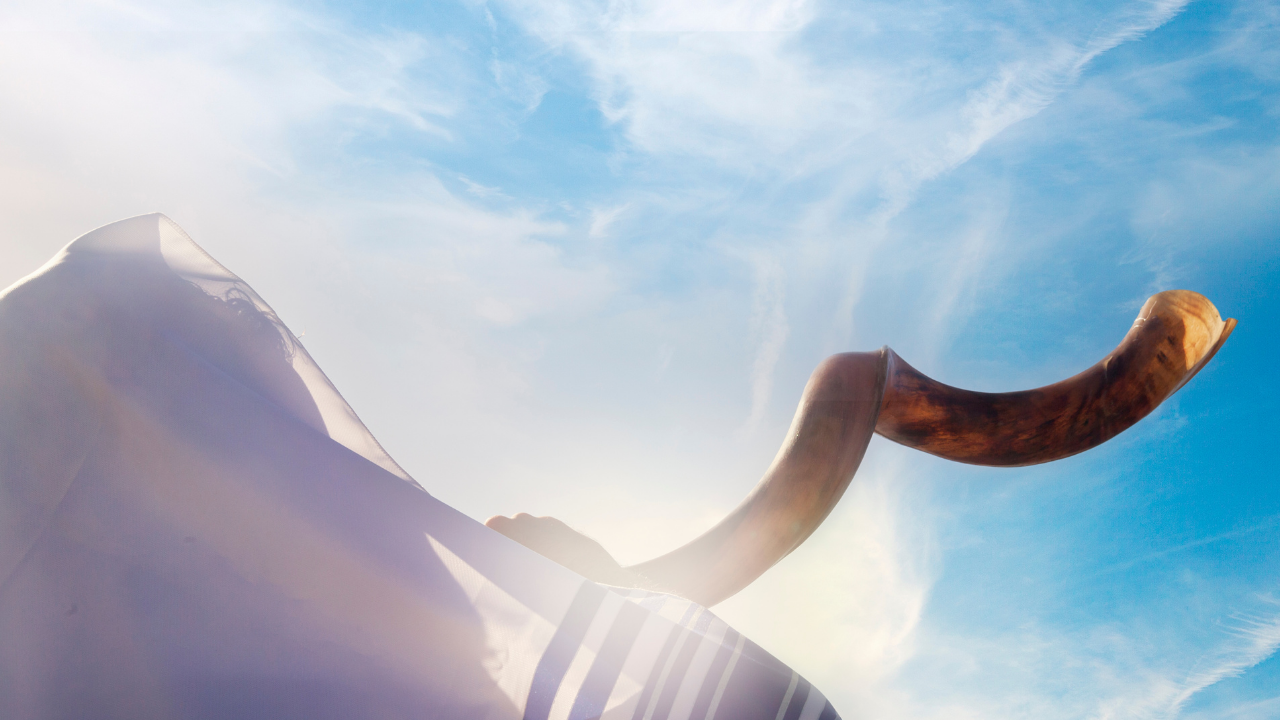This post may contain affiliate links that allow us to receive a small commission from Amazon and other companies when you make a purchase. This does not affect you in any way and helps to keep our ministry running. Thank you for your continued love and support of Royal Girlz Ministry.
Blowing The Shofar
What is the shofar and the importance of blowing the shofar? A shofar is made from the horn of an animal that is prepared to be used as an instrument of worship. Shofars can be prepared and made from the horns of a ram, gazelle, goat, antelope or Kudu. Shofars are never to be used from the horns of a cow because of the idol worship of the cow by the children of Israel in the Book of Exodus.
Exodus 32:7-8
The Lord told Moses, “Quick! Go down the mountain! Your people whom you brought from the land of Egypt have corrupted themselves. How quickly they have turned away from the way I commanded them to live! They have melted down gold and made a calf, and they have bowed down and sacrificed to it. They are saying, ‘These are your gods, O Israel, who brought you out of the land of Egypt.”
The Importance of Blowing The Shofar
When the shofar is blown it is important for the people to respond to the sound. The sound causes us to worship, speak, shout, declare, go to war and advance. The sound signals to God that His people need Him. Here are a couple scripture references in how the children of Israel responded to the sound of the trumpet at Mount Sinai and at Jericho.
Scripture References:
Exodus 19:18-20
Mount Sinai was wrapped in smoke because the Lord descended upon it in fire; its smoke ascended like the smoke of a furnace, and the whole mountain quaked violently. And it happened, as the blast of the ram’s horn grew louder and louder, Moses spoke and God answered him with a voice of thunder. The Lord came down on Mount Sinai, to the top of the mountain; and the Lord called Moses to the top of the mountain, and he went up.
Joshua 6:4-6
And seven priests shall bear seven trumpets of rams’ horns before the ark. But the seventh day you shall march around the city seven times, and the priests shall blow the trumpets. It shall come to pass, when they make a long blast with the ram’s horn, and when you hear the sound of the trumpet, that all the people shall shout with a great shout; then the wall of the city will fall down flat. And the people shall go up every man straight before him.”
Then Joshua the son of Nun called the priests and said to them, “Take up the ark of the covenant, and let seven priests bear seven trumpets of rams’ horns before the ark of the Lord.”
The Sounds Of The Shofar
These are the sounds or calls made with the Shofar for Jewish ritual use during Jewish holidays or feast of the Lord. Today the shofar is used primarily on Rosh Hashanah, The Jewish New Year and Yom Kipper – The Day of Atonement.
T’key-ah – A long blast beginning in musical mid-range and finishing as a high note.
Shvarim – Three staccato blasts. The duration of all three together is the length of a T’key-ah.
True-ah – A long ululating “wailing” sound. There are two main variants of the True-ah. One tradition uses nine separate short calls, in rapid sequence. The other is a single long call with nine wavering ululations.
T’key-ah Gdolah (Big Long T’key-ah) – is a T’key-ah that you continue as long as you can. It comes at the end of the series of calls. T’key-ah Gdolah is usually the last Shofar call. It is a very long blast, used usually to announce the end of the holy day of Yom Kippur. Some Shofar blowers can hold a T’key-ah Gdolah for a minute or more. This dramatic call is the mark of a good Tokeiah (expert blower) and requires a lot of practice to develop your wind.















